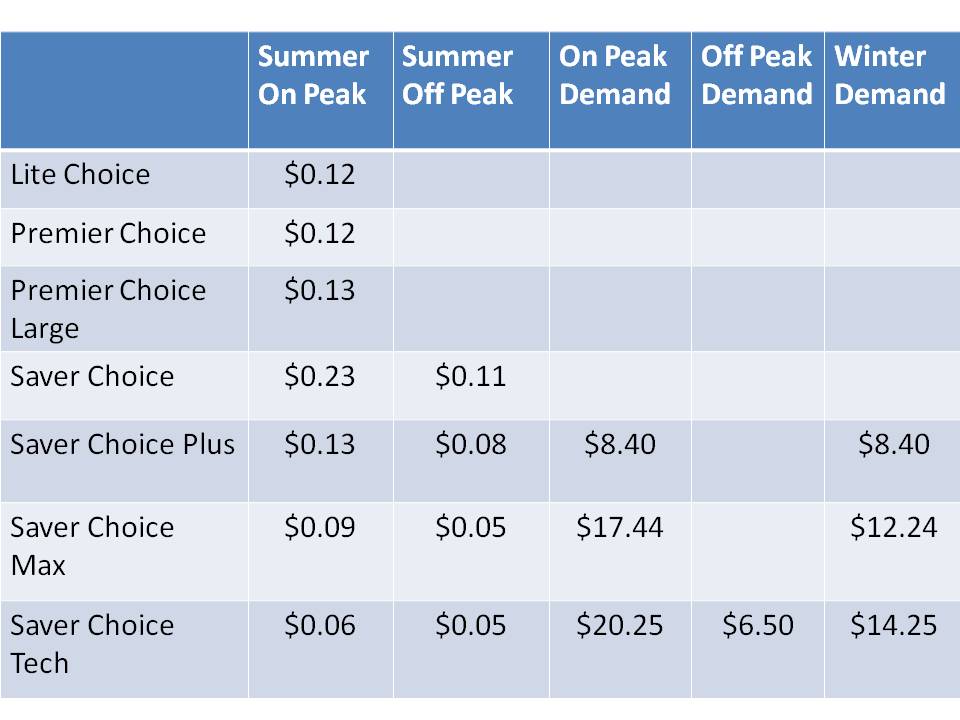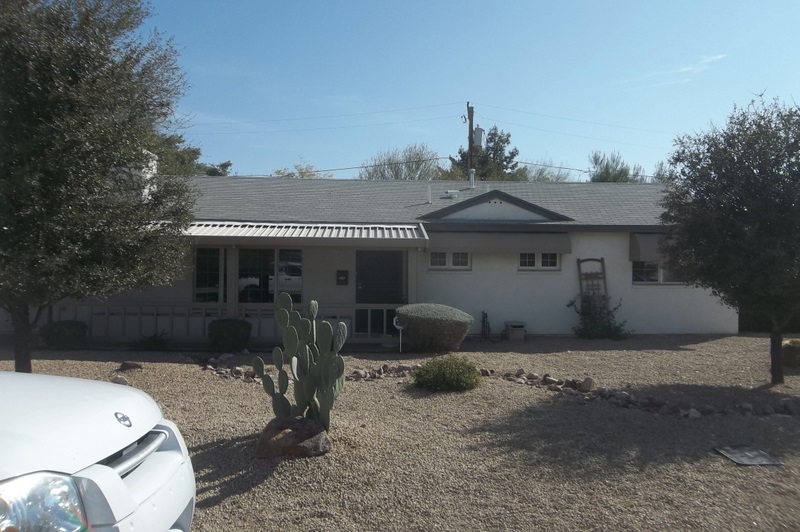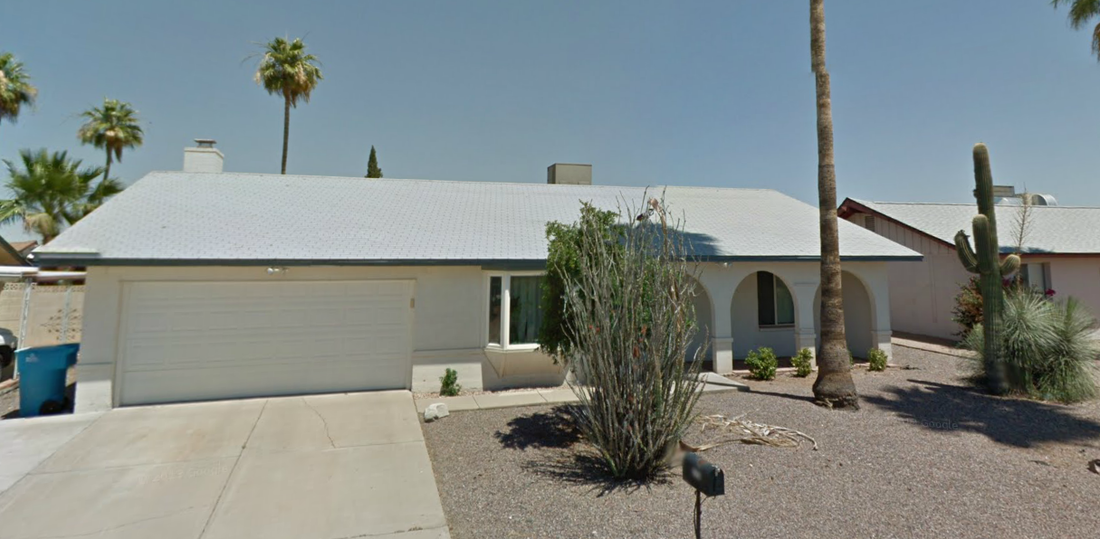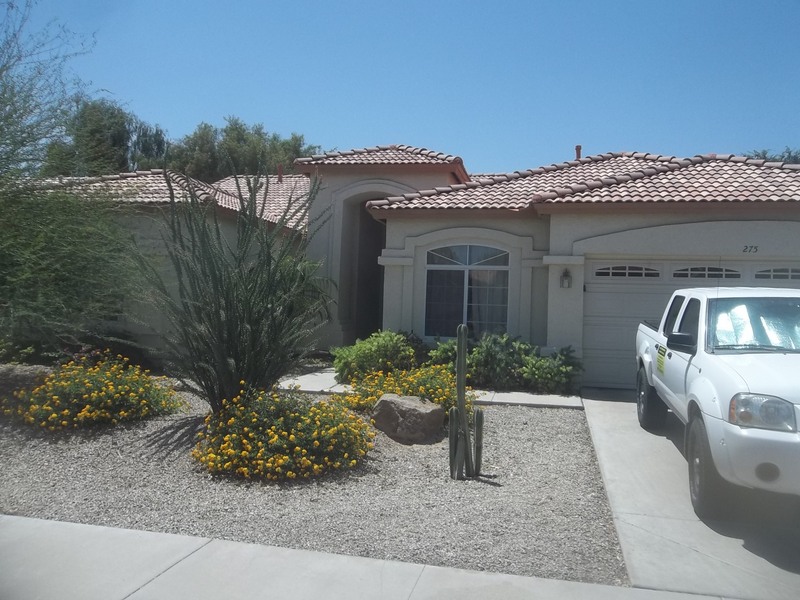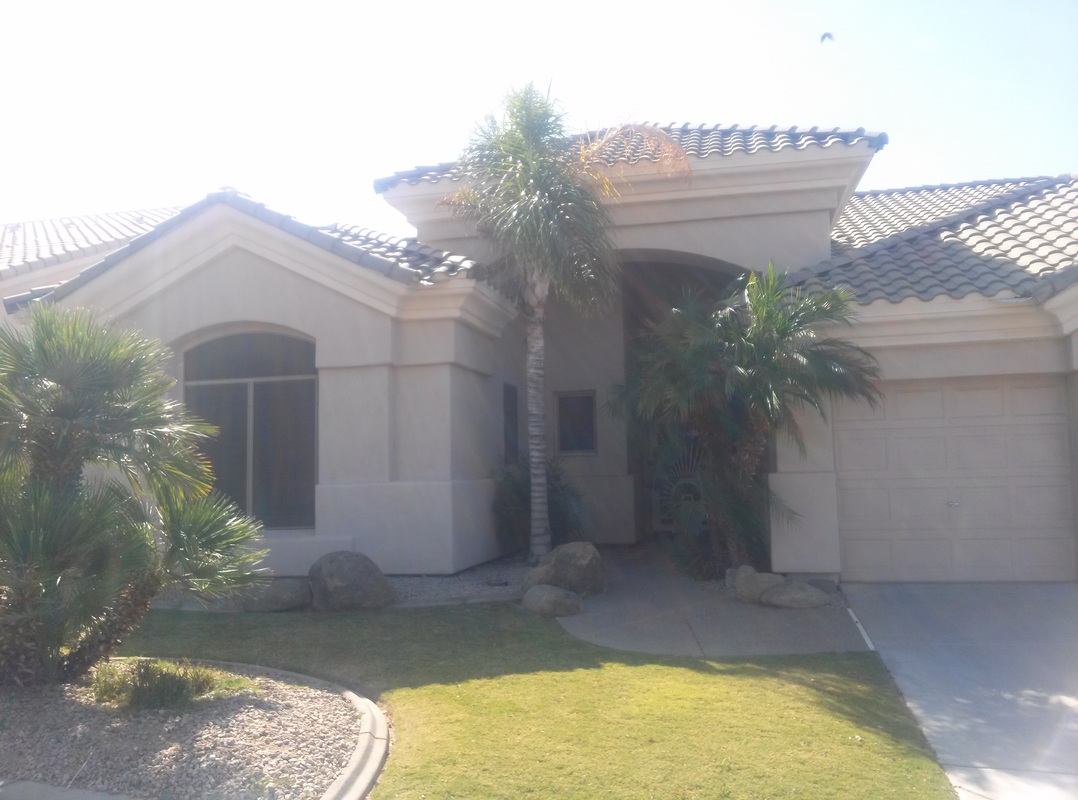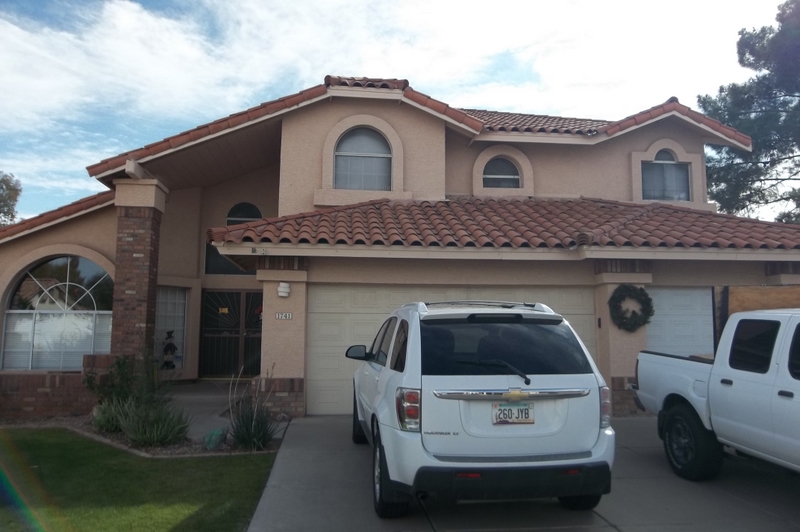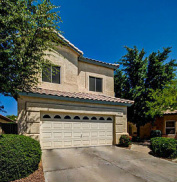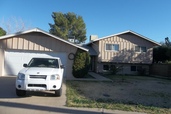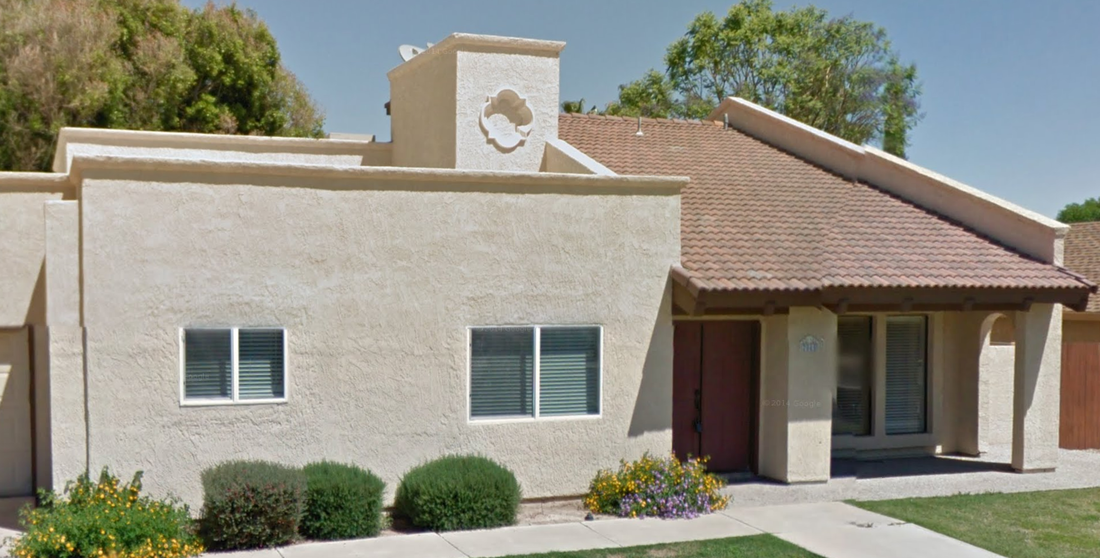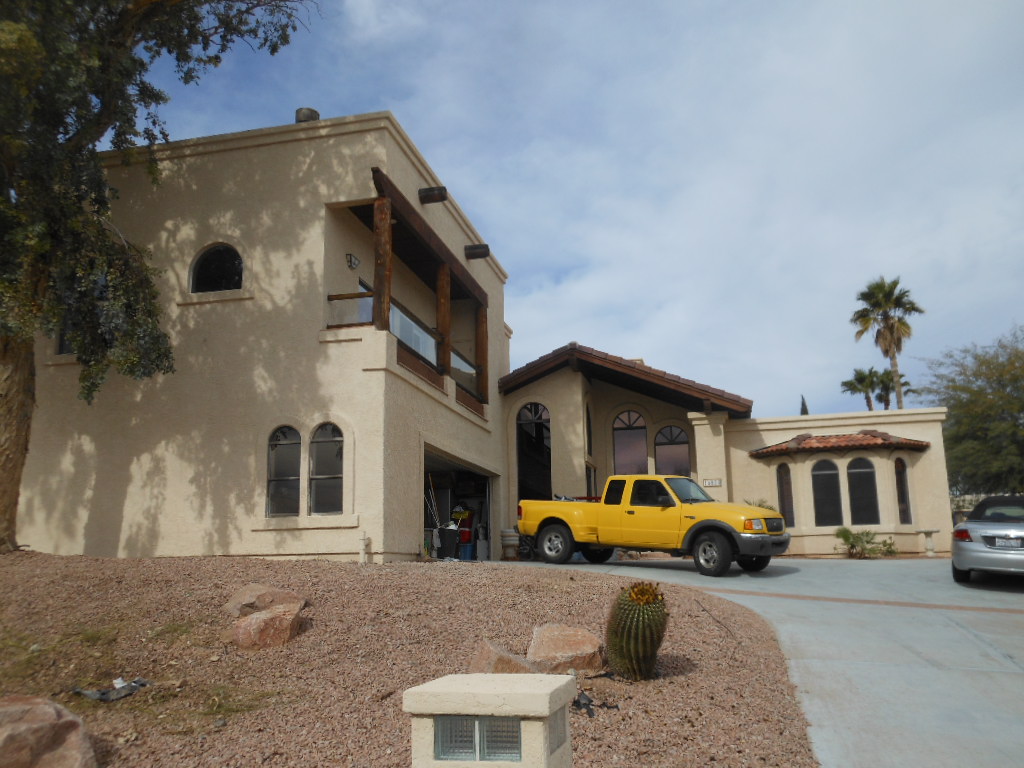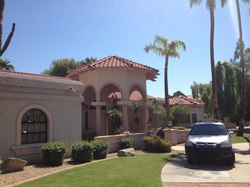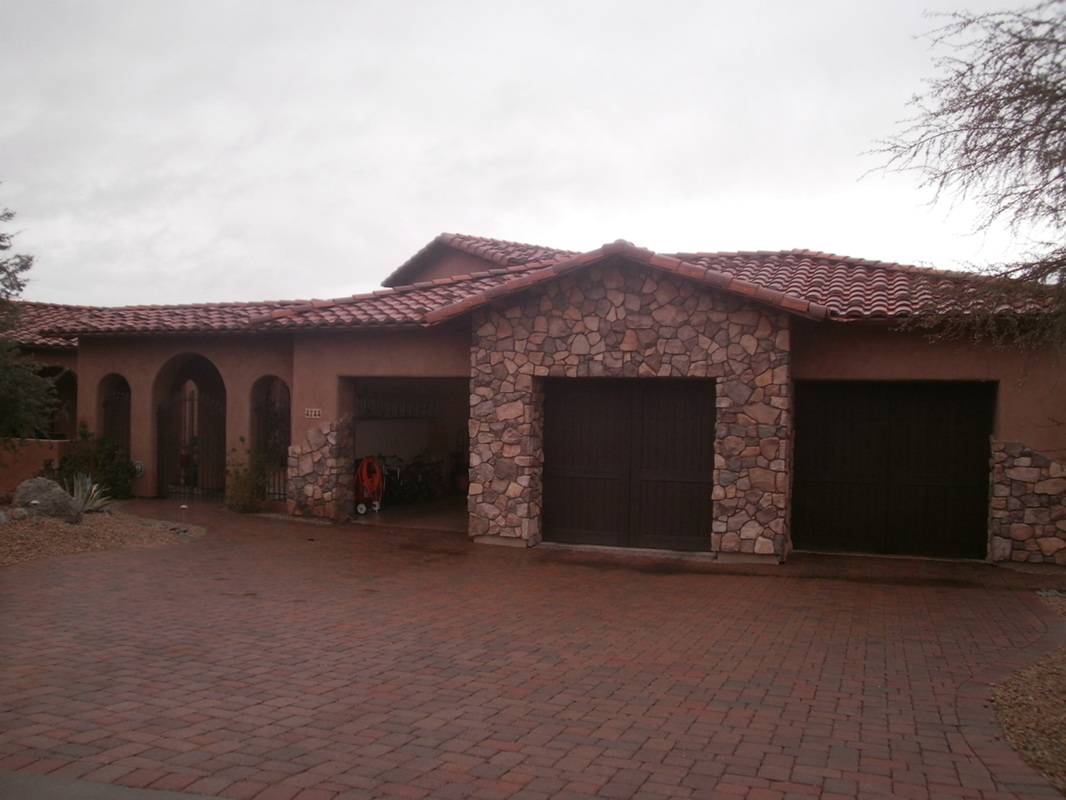|
Supercooling aka precooling your home is an effective strategy to lower your energy bills by lowering your thermostat during off peak hours, buying cheap energy, and then raising your thermostat during peak hours, ideally so your AC system never turns on during peak hours. To supercool your home, you take the temperature to extremes and go down to 70 degrees off peak, and then raise the thermostat to 84 to 86 degrees on peak. With APS rate plans shifting towards more demand based rate plans, they punish homeowners for using their AC systems when it’s hottest out from 3-8 pm by charging a demand fee. How the new APS rate plan works is from the peak hours of 3-8 pm, in addition to a premium energy cost, APS tacks on an additional demand fee when your energy usage exceeds a certain amount every 30 minutes. Demand is a term that means how much energy your home is using at any time. This demand fee can be a significant part of your monthly energy bill and most homeowners are hardly aware it exists. APS calculates your demand fee every hour based on your home’s highest energy usage during that hour. A demand fee is similar to watching Netflix back when our internet speeds were slower, if you have two people streaming videos at a time, your internet speed may slow down because the usage is to much at one time, just like if you are running both air conditioner systems at the same time, you’ll reach a demand peak and APS will charge an extra fee. Not all APS rate plans have a demand fee, but the ones that do not have a much higher kWh base fee. The APS rate plans that do not include a demand charge are the Lite Choice, Premier Choice, Premier Choice Large and Saver Choice. Of the APS plans without a demand charge, we recommend only the Lite Choice if you are single and keep the thermostat at 80 degrees day and night. All the other APS rate plans will pay more than the rate plans with a demand charge. The APS rate plans that include a demand fee are the Saver Choice Plus, Saver Choice Max and Saver Choice Tech. APS makes it so that the demand based plans have the opportunity for more energy savings than the rate plans without a demand fee because of these precooling strategies. How To Take Advantage Of APS’s Rate PlansSince APS calculates their demand charge every hour, if you have two air conditioners, run only one of them for 30 minutes, then the other AC for the next 30 minutes, never having both of them on during the same time. This way your entire home will stay cooler than if you run only one system most of the day, then after 8 pm the other unit plays catch up trying to cool a hot part of the house, AND you only pay a demand fee of 0.5 x the highest energy usage during that half hour, around 1.8 (average energy usage for a 4 ton heat pump).
Alternatively, the strategy above is better than any of the following scenarios: 1. Having both ACs running at the same for a full hour or your normal temperature range of 77-80 degrees. 2. Having one AC cool one part of your home for a full hour, then having the other AC cool the other half of your home for the next hour. By properly shifting your AC run times, the new APS rate plan of Saver Choice Max can yield lower energy bills.
2 Comments
David I Rosen
8/12/2020 09:36:16 am
Thank you for the link to explain what supercooling is sounds very confusing to me but I appreciate your thoughtfulness
Reply
David
8/17/2020 07:33:46 pm
That's the same thing I thought too David... then APS changed their rates and increased everyone's energy bill much more than expected. Now this strategy doesn't seem like that much of a hassle to do, and it's free! From what I've been told, all energy companies around the US are going to roll out a Demand based fee structure similar to APS's.
Reply
Your comment will be posted after it is approved.
Leave a Reply. |
Sign Up For Your Home Energy AuditFIND YOUR HOME TYPERanch HomesSingle Story, Spec HomesTwo Story, Spec HomesTri-Level HomesPre-1990 Custom HomePost-1990 Custom HomeDon't See Your Home? Find Your City Below!Archives
April 2024
Copyright Notice©2009 – 2023
All Rights Reserved |


